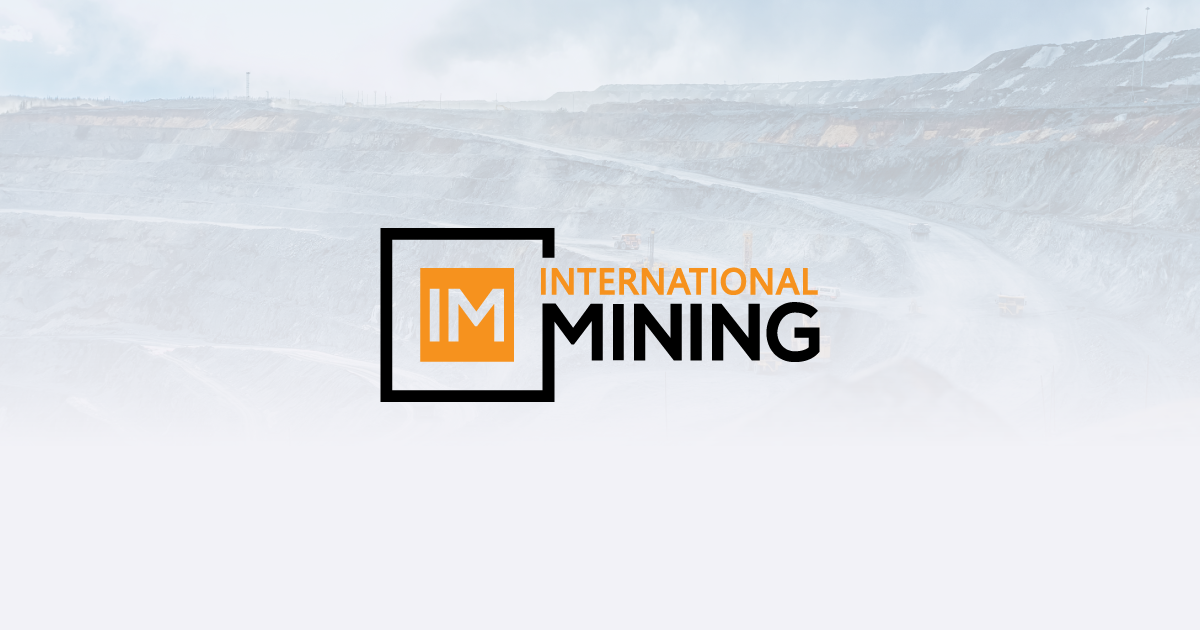The Internet of Things (IoT) can be beneficial across the whole mining value chain, allowing different assets and people to be monitored and accounted for across vast distances in hazardous conditions.
The falling price of sensors and improved computing power is helping miners to implement IoT across the whole value chain. Using data from machines to improve productivity and efficiency can in turn help reduce emissions, improving ESG credentials.
Autonomous drilling, driverless haul trucks, drones for surveying and safety, wearable technologies, and predictive maintenance are some of the IoT mining technologies that can improve mining operations.
Leading mining companies in Internet of Things
Leading companies are those that use drones, autonomous vehicles and machinery, and collect and use data throughout the mining value chain to improve operations. Some leaders also use wearable technology for enhanced safety and have private connectivity networks on the mine site to improve collaboration and communication, as well as facilitate the use of IoT devices.
A few leading adopters in mining are Anglo American, AngloGold Ashanti, Barrick Gold, BHP, Freeport McMoRan, Fortescue Metals, Newmont, Teck Resources and Vale.
Discover the leading IoT mining companies and solutions
Using its experience in the sector, Mining Technology has listed some of the leading companies providing products and services related to IoT.
The information provided in the download document is drafted for mining executives and technology leaders involved in IoT mining solutions.
The download contains detailed information on suppliers and their product offerings, alongside contact details to aid purchase or hiring decisions.
Amongst the leading suppliers of IoT for mining are ABB, Caterpillar, Emesent, Epiroc, Fatigue Science, Guardhat, Hexagon, Komatsu, Sandvik, SymboticWare and Trimble.
Future of IoT in mining
Global IoT spending grew strongly in 2020, increasing from $1.2bn in 2019 to $1.4bn in 2020. It is expected to reach $1.9bn by 2025 with a compound annual growth rate (CAGR) of 6.2%.
There are opportunities for IoT to be implemented and improve operations across the mining industry and the whole mining value chain, from prospecting through to reclamation. Devices such as drones, wearables, proximity detection sensors on moving machinery and vehicles, and scanners to identify different ore grades and feed this information through the mining value chain can all yield small but cumulative gains in productivity.
Frequently asked questions
-
How is IoT applied in the mining industry?
The Internet of Things (IoT) in mining enables real-time monitoring and data collection from equipment, improving productivity, safety, and operational efficiency. IoT devices track machinery health, manage resources, and enhance remote operations in hazardous environments.
-
What are the benefits of using IoT for predictive maintenance?
IoT enables predictive maintenance by collecting real-time performance data from mining equipment. This helps in identifying potential issues before they lead to equipment failure, reducing downtime and maintenance costs.
-
How does IoT enhance safety in mining operations?
IoT improves safety by using sensors, wearables, and proximity detection systems to monitor hazardous conditions and prevent accidents. These technologies alert workers to dangers in real-time, reducing the risk of injury in high-risk mining environments.
-
What role do autonomous vehicles play in IoT-driven mining?
Autonomous vehicles equipped with IoT technology are widely used for drilling, haulage, and material transport. These systems operate with minimal human intervention, improving precision, safety, and efficiency while reducing labour costs.
-
How does IoT contribute to environmental sustainability in mining?
IoT helps mining companies reduce their environmental impact by monitoring energy consumption, emissions, and resource usage. It enables companies to track compliance with environmental regulations and optimise resource management, contributing to greener, more sustainable operations.




